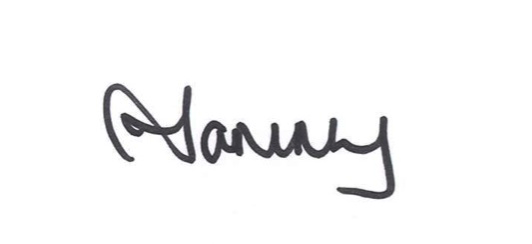
Rejection is something we fear as humans. It doesn’t feel good when someone says no.
But what if we were to reframe rejection as something that is positive? Something that takes us forward rather than backwards?
How can rejection be an art?
In conversation with a wise man this week, he suggested four ways to respond to any request or advance:
- Yes
- No
- Negotiate an alternative
- I need more time to think about it
Um, yes. Not so startling..
But then he said, and the response to a no is a gracious and grateful thank you.
What???
I had to think about that one for a while.
But it’s true. Where someone takes the time to say no – they are actually doing you a favour. They are giving you definitive feedback that then helps in a myriad of ways.
How to hear no
Now it is true that often the “no” is delivered in a less than optimal way. It is also true that our ego often hears the word no and flavours that word with a whole series of emotions (usually negative ones).
But if we remove the ego from the equation, and be generous about the other person’s delivery of the message, a rejection can often deliver surprising gifts.
How can rejection be good?
Firstly, it’s definitive.
So much misunderstanding, confusion and angst comes from just not knowing.
Knowing it is a no gives clarity. From a work perspective, I would much rather that someone tells me that the proposal isn’t right for them, or that the article doesn’t fit than just leave it hanging indefinitely with no closure.
Secondly, once I know it is a no – I can ask for feedback why.
This makes me better at what I do.
If my proposal hasn’t hit the mark, perhaps I need to understand the business better. If the article isn’t right- I can understand more about their target audience and resubmit with a different angle.
Finally, sometimes (indeed often), it’s not about you at all. It’s about them. It’s just not the right time. There’s no need for the ego to get hurt.
A good rejection
I received this rejection today. A whole page email including this:
“Both works have obvious merit, and it is clear that your writing is accomplished, however we feel one is too narrow for our member base and the other casts too wide a net in terms of audience.”
Is this rejection about me? No.
The author of this email has given clear feedback about my writing, and the work, but has said it’s not the right audience. Do I take this as a rejection and go and cry myself to sleep? No, I take a grateful approach that someone has taken the time to educate me more about their audience and provide feedback on my writing.
I am better off than I otherwise would have been. I have more knowledge, and if I want to approach them again, I can take a different approach.
Assume goodwill
So this week, let’s practise being clear on our nos. If it is a no – then tell the person. Give them that clarity and if you can, follow up with why.
And if you’re on the receiving end of no, assume goodwill in terms of delivery of the message, and ask what you can now learn.
WHERE TO FROM HERE?
If you need help either creating an environment of radical candor or developing your own courage in this realm, get in touch to discuss how I can help you on the path.
You can watch Kim Scott’s video on radical candor– it’s absolutely worth it. And you can read this article on radical candor, and these on giving feedback.
And if you’re still hungry for more, you can find my leadership book here and my book on negotiating an enterprise agreement here.
Until next week, happy leading.


